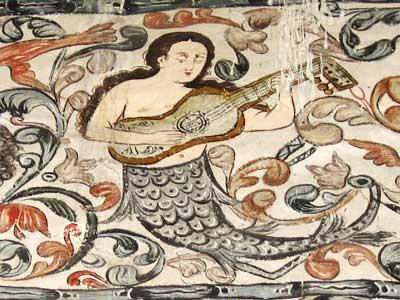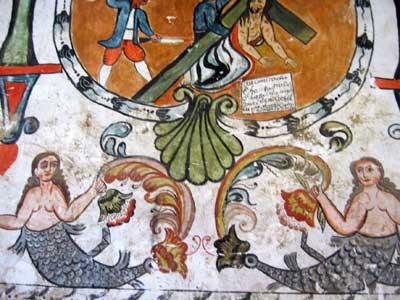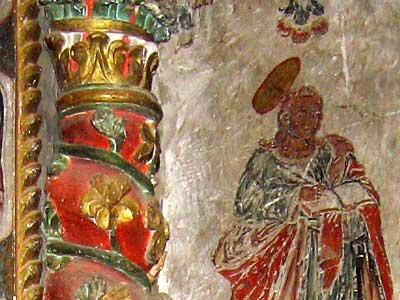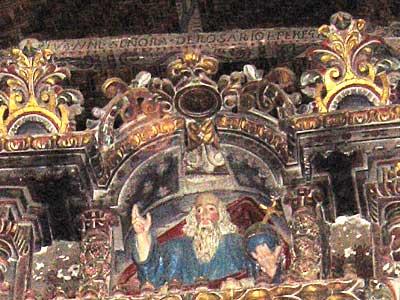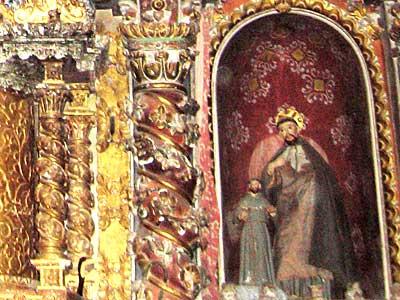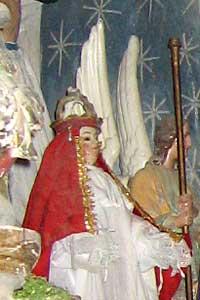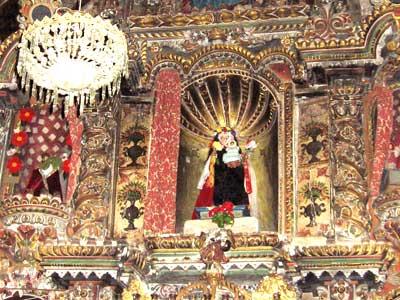Background
In the 16th and 17th centuries colonial Catholic missions were established in the Oyón Valley in Peru and built in a style described as Rural Andean Baroque. The small Andean town of Rapaz sits 3,000 meters above sea level and is home to one of 40 churches located in Oyón—San Cristóbal de Rapaz, considered one of the best-preserved churches in the area. A special feature of the church is a cycle of 27 magnificently painted murals. The church’s decorative campaigns blend Indian craftsmanship, references to Pre-Columbian beliefs and deities, and Baroque Christian traditions. The adobe walls and wooden beams are covered with paintings of religious and pagan motifs. Today, Rapaz is a town of about 700 people; many in the community have migrated to cities in search of better employment opportunities. This loss of population in this remote Andean community, coupled with a lack of sufficient technical expertise, has contributed to the deterioration of the church.
How We Helped
To raise awareness and encourage preservation efforts, WMF listed the murals in the San Cristóbal de Rapaz chapel on the 1996 Watch; the Oyón Valley Missionary Chapels as a group were listed on the Watch in 2002. WMF worked with Patrimonio Perú, a local preservation team, to prepare a conservation plan and implement emergency stabilization measures for the San Cristóbal de Rapaz chapel. Additional conservation work, completed between 2000 and 2005, included the preparation of construction drawings, inspection of the structural integrity of the building, archaeological investigation, conditions survey, and materials analysis. Emergency work involved the stabilization of mural painting areas in danger of collapse, the temporary repair of roof leaks to prevent further water infiltration, and temporary shoring of the southeast wall in danger of collapse. WMF’s project was completed in 2005.
Why It Matters
The Oyón Valley Missionary Chapels exemplify the blending of Indian and Spanish culture and architectural traditions, which can be seen in the Baroque retablos, mural paintings, and construction techniques. As the San Cristóbal de Rapaz Church is one of the best preserved in the area, it is important to prevent further deterioration of the murals and sculptural decoration, as they provide insight into Pre-Columbian practices and rituals. WMF’s project helped stabilize the structures and engendered an effective partnership with a local preservation team so that the Rapaz community will be able to continue to preserve and maintain the church.

